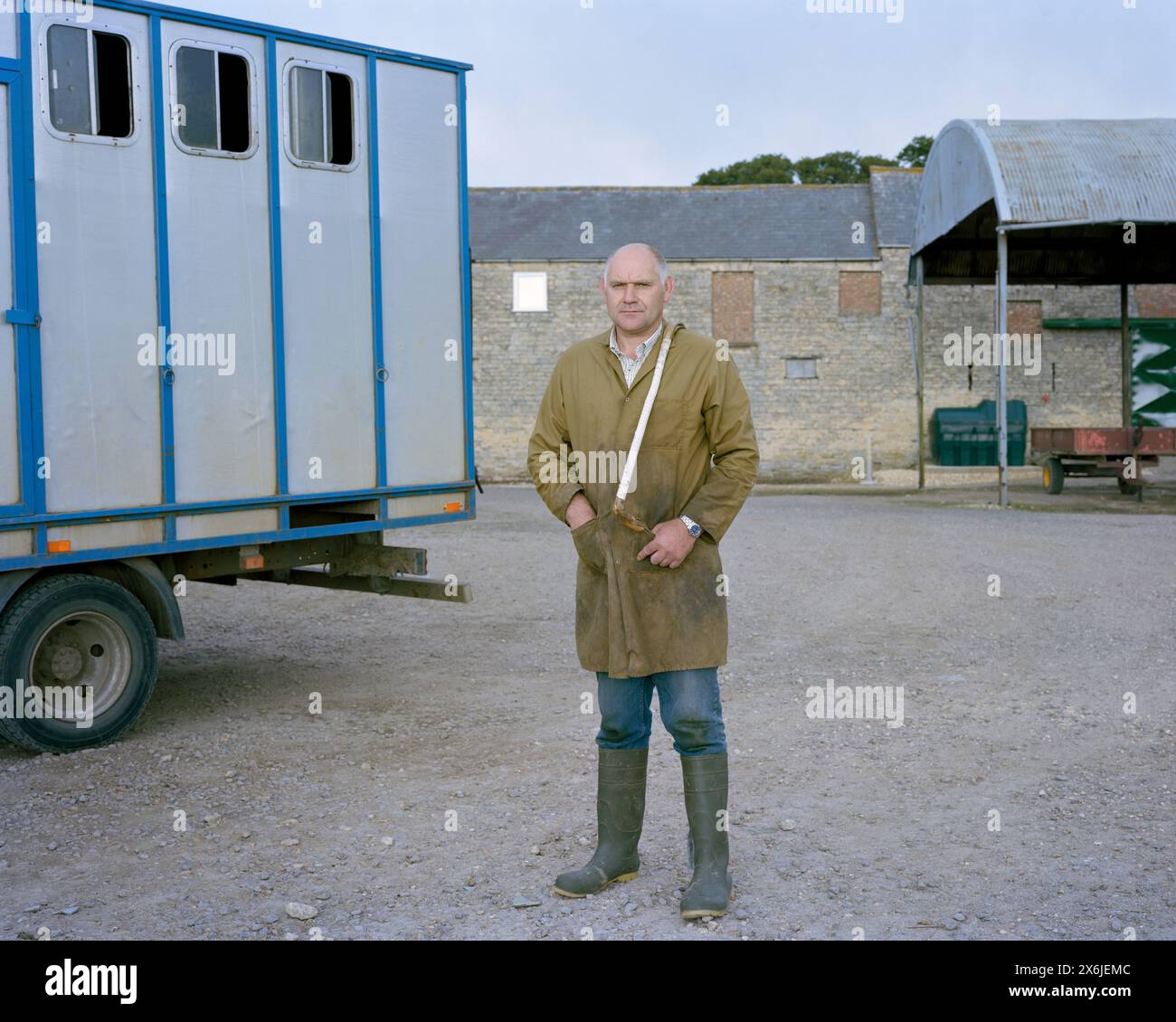Dimensioni dei file:
190,4 MB (6,5 MB Download compresso)
Apri il file immagine a tutto schermo usando il software di elaborazione delle immagini.
Dimensioni:
9120 x 7296 px | 77,2 x 61,8 cm | 30,4 x 24,3 inches | 300dpi
Data acquisizione:
15 maggio 2024
Altre informazioni:
© John Angerson Leicester -England. James Stenton - The Whipper-In. Eastfield Farm Kennels, Leicester -England. Since the 2004 Hunting Act outlawed hunting with hounds, the Cottesmore Hunt has brought in birds of prey to pursue the foxes once the hounds have flushed them out. The 2004 act stipulates that the intention must be for the purpose of enabling a bird of prey to hunt the wild mammal. Experts, including the Hawk Board, deny that any bird of prey can reasonably be used in the British countryside to kill a fox that has been flushed out and is being chased by a pack of hounds. The huntsman is assisted by one or two whippers-in, who are also hunt servants. Their job is to assist the huntsman during the day’s hunting, particularly in keeping the pack together and resolving any problems that occur during the day. His/her primary role is to keep the pack together and round up missing hounds. Even when hounds are hunting the whipper-in could be some distance away collecting up stray hounds. When the pack needs to be stopped or called off, the whipper-in will be with the huntsman helping him/her to stop the hounds. In traditional live quarry hunting the whipper-in would also be required to act as point rider so that he/she could alert the huntsman if the quarry was spotted The Cottesmore Hunt, which hunts mostly in Rutland, is one of the oldest foxhound packs in Britain, with origins dating back to 1666. Its name comes from the village of Cottesmore where the hounds were kennelled. The Cottesmore Hunt, which hunts mostly in Rutland, is one of the oldest foxhound packs in Britain, with origins dating back to 1666. Its name comes from the village of Cottesmore where the hounds were kennelled.
Descrizione in inglese 